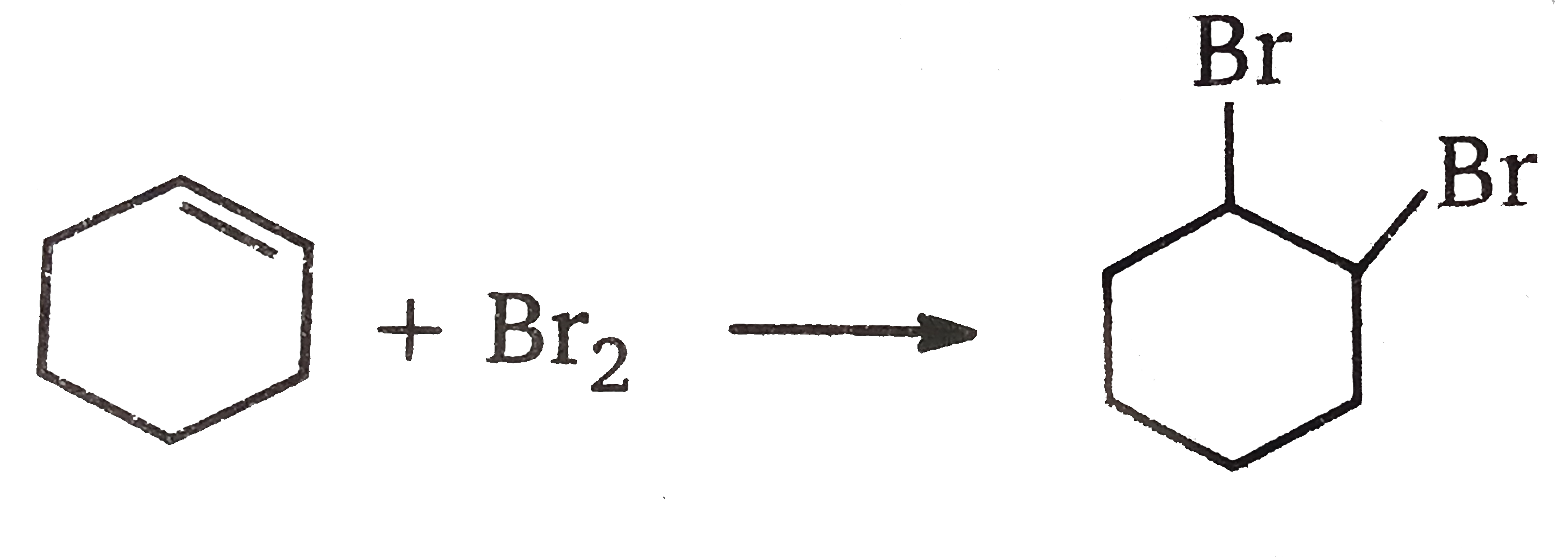Trichonympha campanular is the example of
protocooperation
mutualism
commensalism
all of these
The correct Answer is:D
Step-by-Step Solution:
1. Understanding Trichonympha campanular:
- Trichonympha campanular is a single-celled organism that is classified as a parabasilid. It is primarily found in the hindgut of termites.
2. Role of Trichonympha campanular:
- This organism plays a crucial role in the digestion of cellulose. It produces enzymes that convert cellulose into simpler sugars, which are essential for the termite's nutrition.
3. Symbiotic Relationship:
- The relationship between Trichonympha campanular and termites is a type of symbiosis. In this case, both organisms benefit from each other. The termite provides a habitat and nutrients for Trichonympha, while Trichonympha aids in the digestion of cellulose for the termite.
4. Identifying the Type of Symbiosis:
- Proto-cooperation: This is a type of symbiotic relationship where both species benefit, but they can survive independently. In this case, Trichonympha and termites benefit from each other but are not dependent on each other for survival.
- Mutualism: This is a more strict form of symbiosis where both organisms are dependent on each other for survival. Since Trichonympha is found inside the termite, this does not fit the definition of mutualism.
- Commensalism: This is a relationship where one organism benefits and the other is neither helped nor harmed. This does not apply here as both organisms benefit.
5. Conclusion:
- Based on the definitions and the nature of the relationship, Trichonympha campanular is an example of proto-cooperation.
Final Answer: Trichonympha campanular is an example of proto-cooperation.
---
- Trichonympha campanular is a single-celled organism that is classified as a parabasilid. It is primarily found in the hindgut of termites.
- This organism plays a crucial role in the digestion of cellulose. It produces enzymes that convert cellulose into simpler sugars, which are essential for the termite's nutrition.
- The relationship between Trichonympha campanular and termites is a type of symbiosis. In this case, both organisms benefit from each other. The termite provides a habitat and nutrients for Trichonympha, while Trichonympha aids in the digestion of cellulose for the termite.
- Proto-cooperation: This is a type of symbiotic relationship where both species benefit, but they can survive independently. In this case, Trichonympha and termites benefit from each other but are not dependent on each other for survival.
- Mutualism: This is a more strict form of symbiosis where both organisms are dependent on each other for survival. Since Trichonympha is found inside the termite, this does not fit the definition of mutualism.
- Commensalism: This is a relationship where one organism benefits and the other is neither helped nor harmed. This does not apply here as both organisms benefit.
- Based on the definitions and the nature of the relationship, Trichonympha campanular is an example of proto-cooperation.
Similar Questions
Knowledge Check
For is an example of
Asolid dispersed in gasBLiquid dispersed in gasCLiquid dispersed in solidDSolid dispersed in liquid. is an example of:ANucleophilic additionBNucleophilic substitutionCElectrophilic additionDElectrophilic substitution
is an example of:ANucleophilic additionBNucleophilic substitutionCElectrophilic additionDElectrophilic substitution
